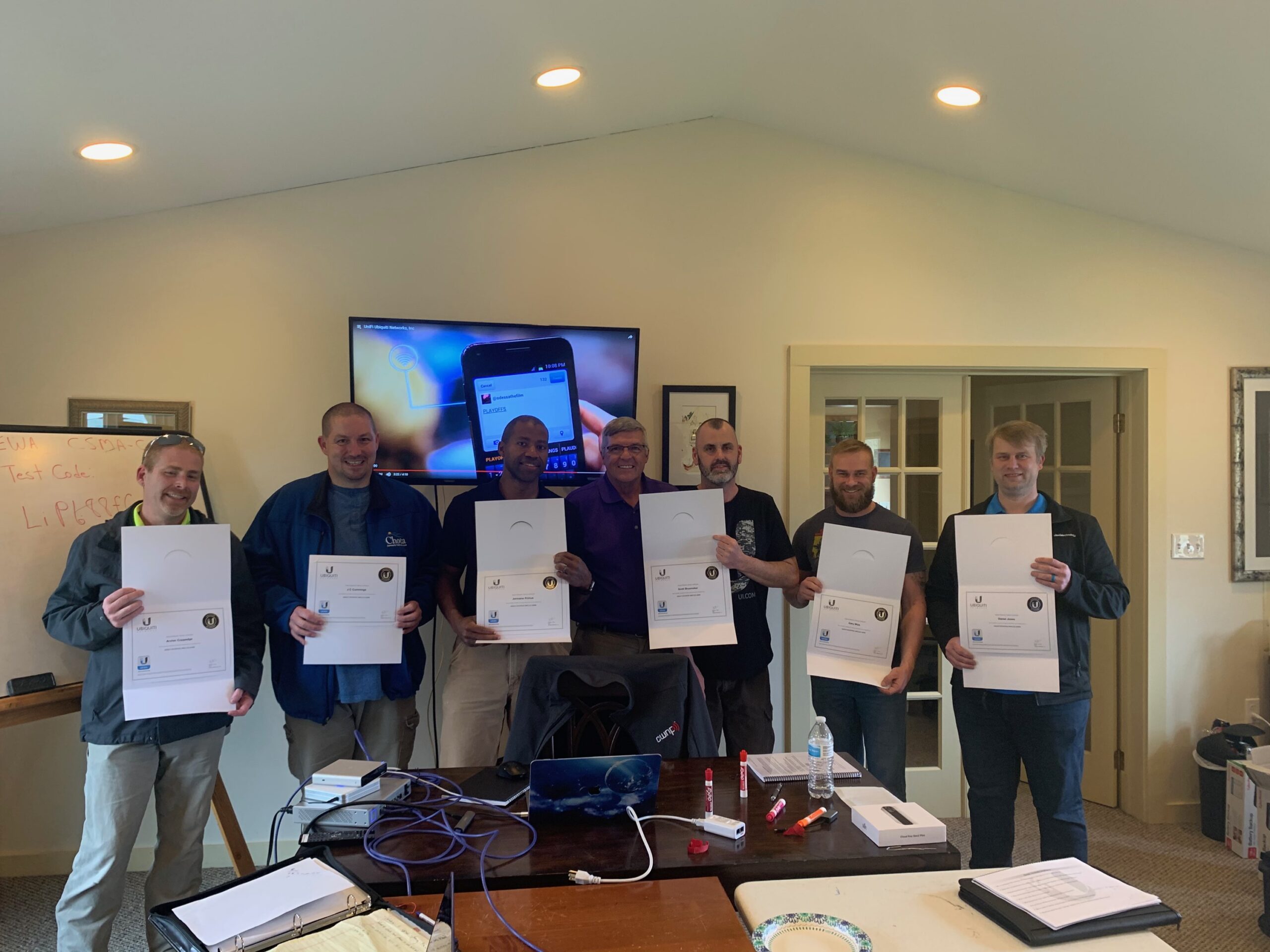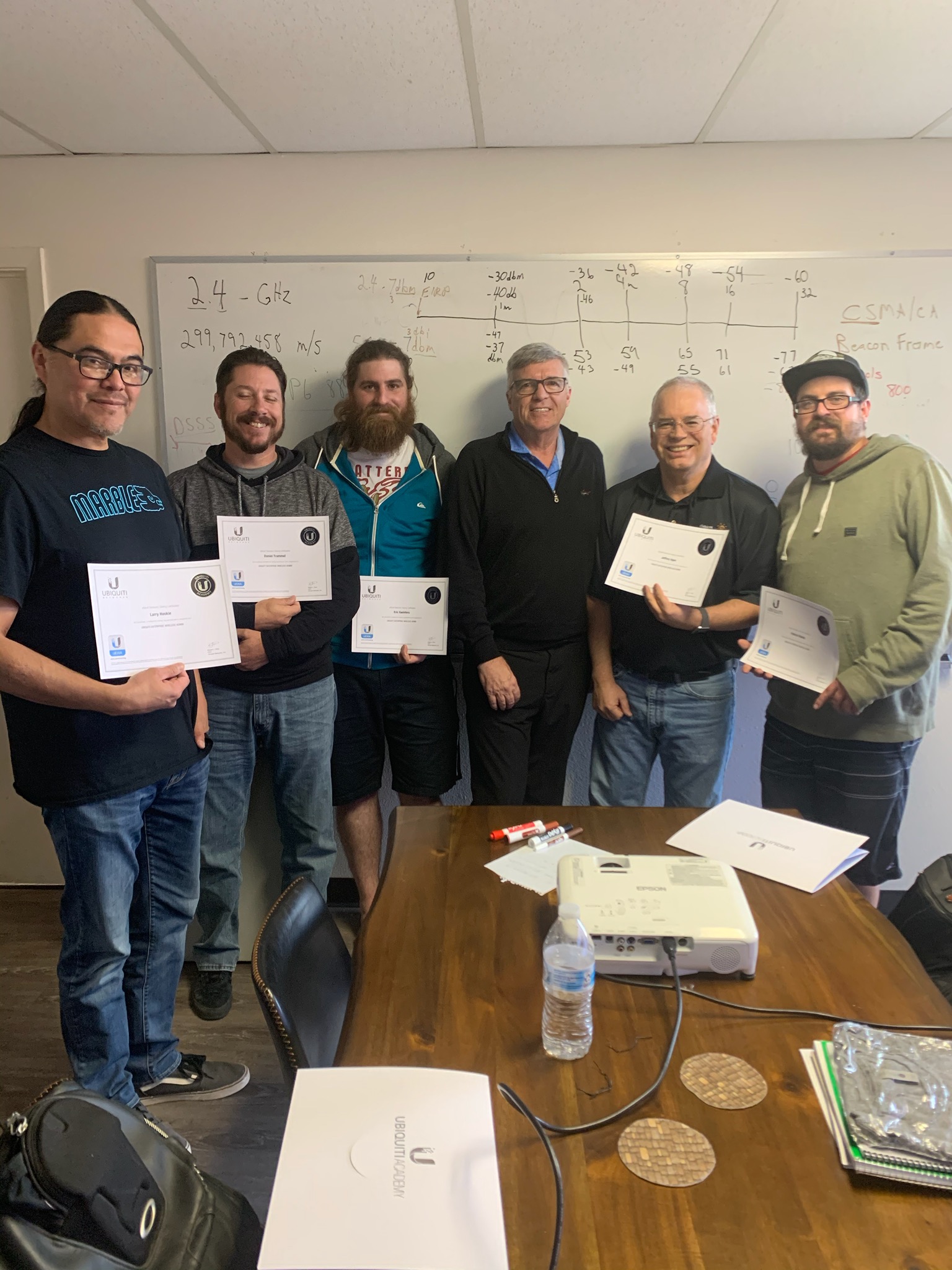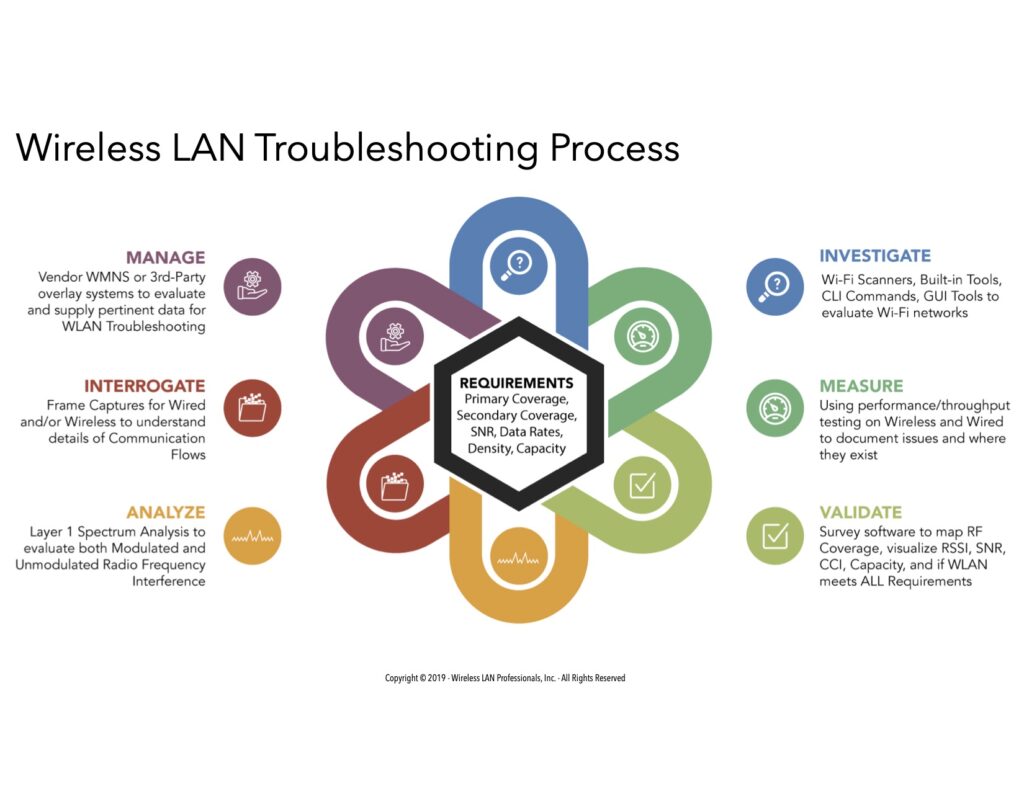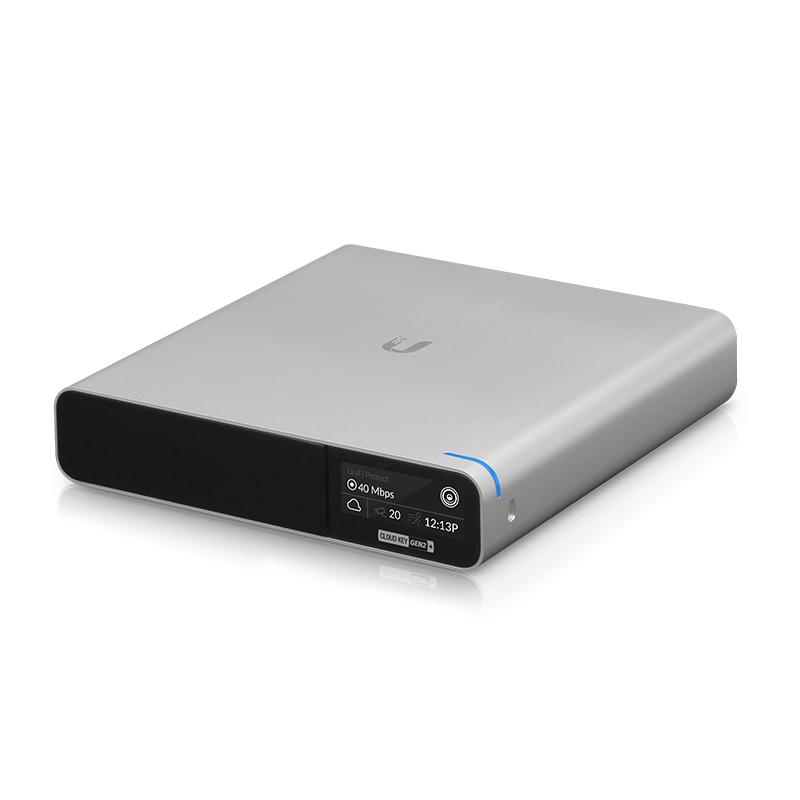60 GHz
Ubiquiti Broadband Wireless Administrator Class and the new 60 GHz devices.
Ubiquiti Broadband Wireless Administrator Class and the new 60 GHz devices.
This weekend I’m headed to Orlando to teach a Sat/Sun class on UniFI. I’ve started using the UCK-Gen2+ and creating “sites” for each user. This is turning out much better than having students create their own controller on their PC. It still gives students the capability to configure the controller. Now each student gets two ports on a switch and they connect their computer and an AP into a VLAN that’s created prior to class. That way they can control the AP and make config changes.
This week I’m bringing along a SHD that we can look at because it has AirView and AIrTool on it. Two very nice tools that I’d like students to see. We are still using the AC-Lite APs, which I like a lot.
I recently bought an LTE, but I haven’t installed it yet. Maybe we will get a chance in an upcoming class. I’d like to use it because WiFi in the hotels is almost always sketchy. Hopefully I can transition over soon and make it part of the class.



The Memphis training will be held at the FedEX Forum, home of the Memphis Grizzlies NBA basketball team. The FedEX forum uses Ubiquiti to provide Wi-Fi in the forum that seats 18,000 people.
We are holding the class in a conference room there and we will be with the expert team that supports this facility. The FedEx forum uses the new Basestation XG as their primary Wi-Fi interface.
Come join us for a special time in Memphis.

Recently I got a chance to participate in the beta program for the new Wireless Adjuster class being developed by Devin Akin http://divdyn.com/. For those that don’t know Devin Akin, he is one of the Wi-Fi industry’s leaders. He has a very impressive resume and I encourage anyone interested Wi-Fi to get to know Devin. You can follow Devin on Twitter (@DevinAkin), which is the default communication platform for Wireless LAN professionals.
The Wireless Adjuster class is an excellent course designed to give Wireless Professionals a platform to perform troubleshooting using Spectrum Analysis tools. The primary tool for this course is Wi-Fi Explorer Pro. The class also looked at Metageek’s InSSIDer as a Windows alternative, but most of the class was spent on Wi-Fi Explorer Pro.
Last year at the Wi-Fi Trek conference Keith Parsons from WLAN Pros presented on Wi-Fi troubleshooting. His presentation shed light on the need for a troubleshooting knowledge domain. He addressed it and posted it here https://www.wlanpros.com/troubleshooting/.

The Wireless Adjuster class addresses one of the six education domains that Keith identified; the Investigate Domain.
The class is designed to be a hands-on training class and it definitely is that. After an in-depth overview of the capabilities of Wi-Fi Explorer Pro we started analyzing different Wi-Fi problems using the tools. I was somewhat familiar with the tool before the class, but the guy sitting behind me was really knowledgeable. Adrian Granados, the developer of Wi-Fi Explorer, was with us. Together we explored the intricacies of the spectrum analyzer that has become the “go-to” tool for Wi-Fi professionals.
Day one also featured an in-depth look at the Wlan-Pi device. We connected to our Pi’s through Wi-Fi Explorer Pro so we could see how to get Spectrum Analysis data from a remote device. This is a great way to troubleshoot network problems remotely. Wi-Fi Explorer Pro has a dropdown menu that allows you to choose Active, Passive, Directed, or Remote. Once you connect to a remote Wlan-Pi you can start using Wi-Fi Explorer Pro to display scans from your remote site.
We also connected a Metageek WiSpy spectrum analyzer to our computers to get additional views of the wireless spectrum. This wasn’t my favorite part of the class, but I can see how it could be useful to see if there is something other than Wi-Fi that is causing interference in your environment.
The second part of day one and the entire second day we spent troubleshooting network issues. Devin gave us a scenario where a customer was complaining about bad Wi-Fi and then we were given a list of possible causes. It was our job to test out the possible choices and determine the cause of the problem. This was a great way to familiarize ourselves with the tool. We had to dig deep to see how the infrastructure had been configured, or rather, misconfigured to cause the problem.
We had a couple of APs that Devin configured in the class, and then the nine of us would start snooping to find the best answer. After that we would critique his answers. We were brutal – to him and to each other. Devin had a fun question delivery tool that he was using to keep score called Kahoot. After our critique of Kahoot during the class comments I think he’s going to pull Kahoot and use a different delivery method, but it was fun while it lasted.
The Wi-Fi Adjuster course is a great course to help fill a gap in Wi-Fi training. It’s aimed at professionals that have CWNA level knowledge of Wi-Fi. Devin says that he has plans to create a “level-one” Wi-Fi Adjuster class that would be for professionals that don’t have that level of expertise, but right now he has his hands full with the demand for this level of training.
Thanks to Devin, for addressing an area of Wi-Fi training that is sorely missing.

The Ubiquiti Cloud Key Gen2+ is a great tool to manage your network and your video. You can run up to 15 cameras (maybe a few more but not recommended). All for $299.00.
The new Gen2+ is the only way I know of at this time to host UniFi Protect Video cameras. I learned that the hard way. I bought a $79.00 G3 Flex Camera and tried to get it to connect to my UniFi NVR. I couldn’t figure out why it didn’t work until I read the user guide (imagine that). It was time for me to upgrade my Cloud Key anyway so I sprung for it and I’m glad I did.
More later…

On Windows “netsh wlan show interfaces” shows you signal… in %.
To convert % to dBm:
FORMULA: (%/2)-100 = dBm
100%-50dBm
90%-55dBm
80%-60dBm
70%-65dBm
60%-70dBm
50%-75dBm
40%-80dBm
30%-85dBm
20%-90dBm 10%-95dBm
Eddie Forero posted this on Twitter.
On Windows “netsh wlan show interfaces” shows you signal… in %.
To convert % to dBm:
FORMULA: (%/2)-100 = dBm
100%-50dBm
90%-55dBm
80%-60dBm
70%-65dBm
60%-70dBm
50%-75dBm
40%-80dBm
30%-85dBm
20%-90dBm
10%-95dBm